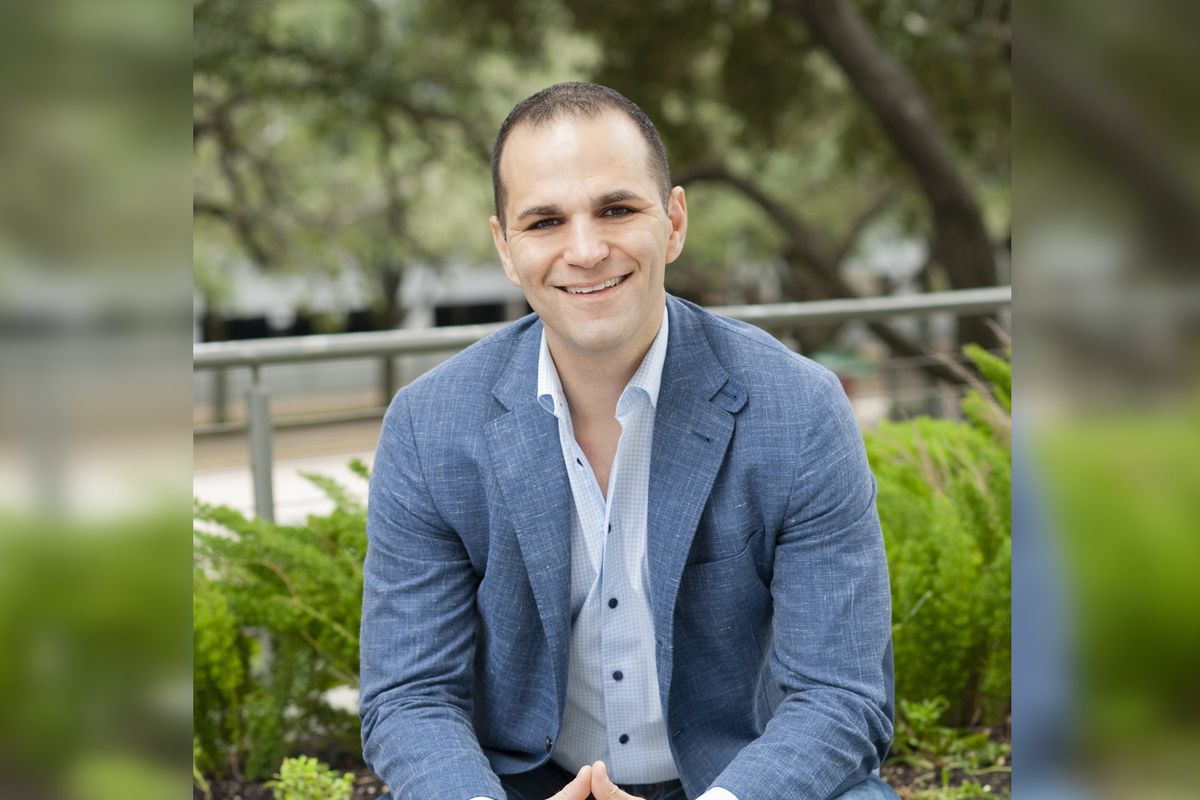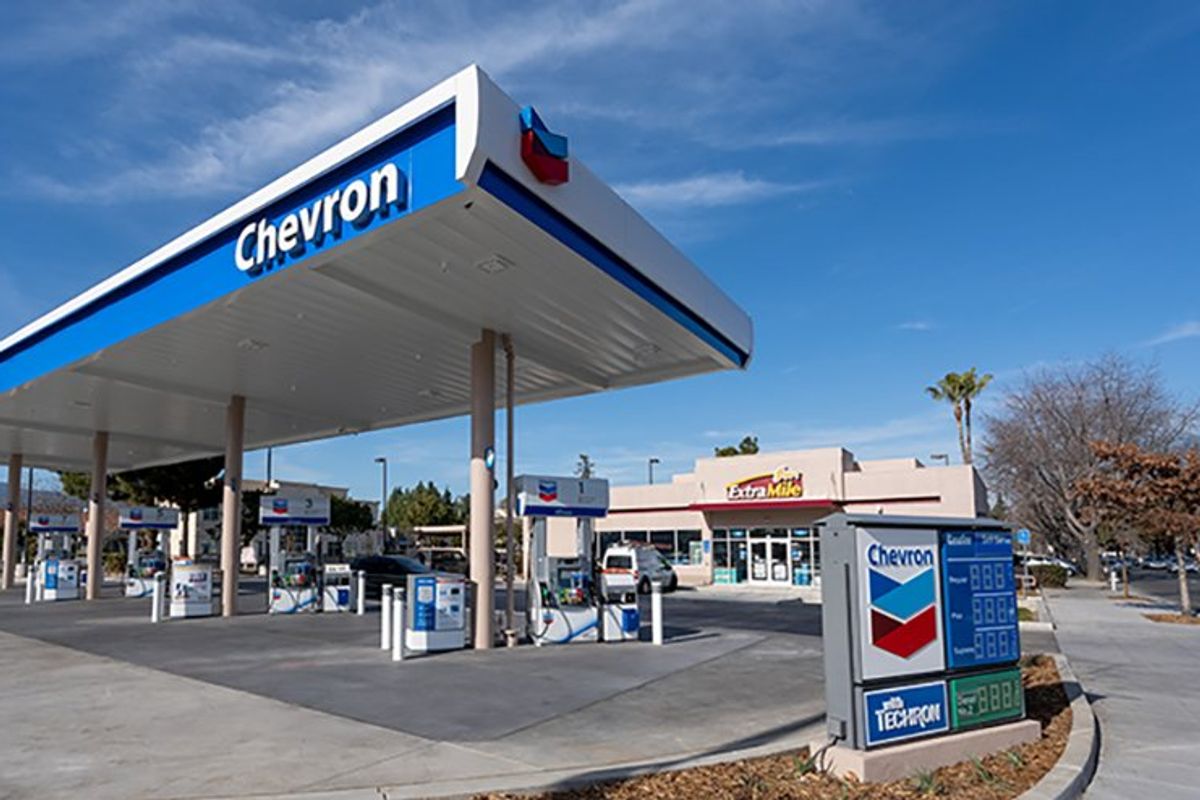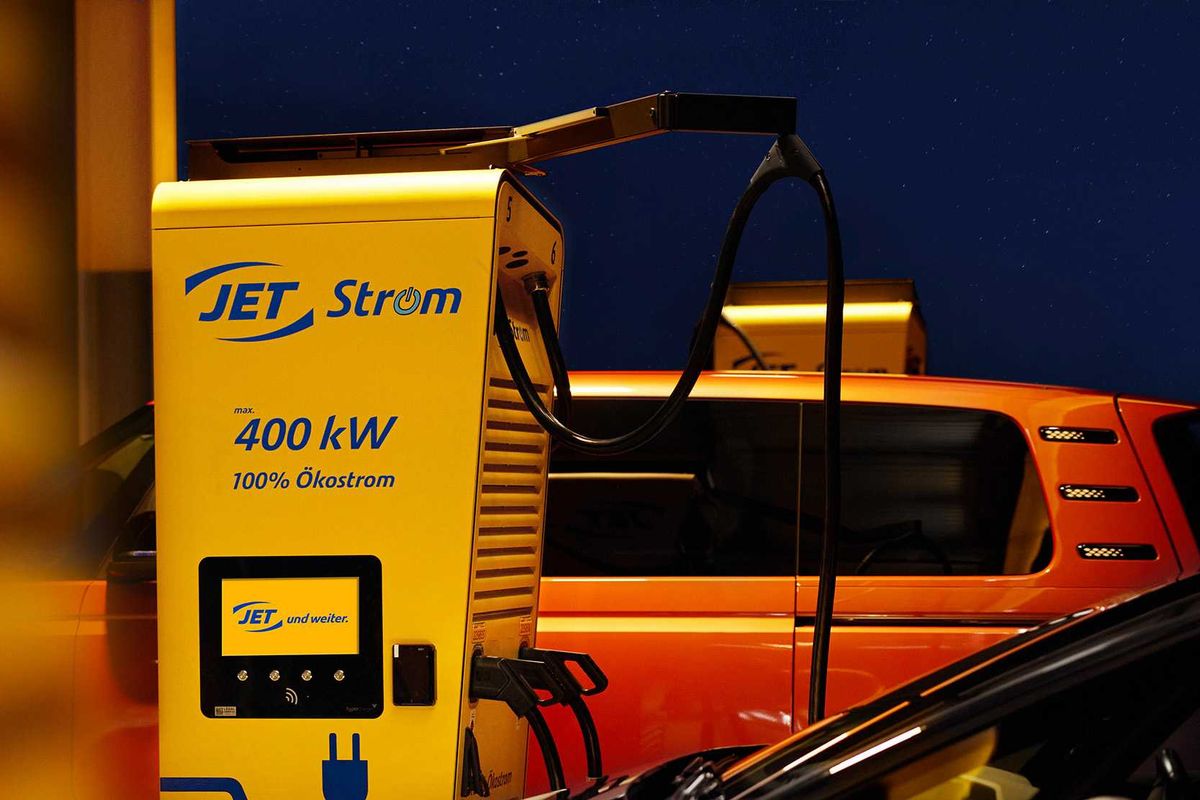Houston-based Oxy subsidiary receives $600M in federal funding for carbon capture project
fed funds
A subsidiary of Houston-based energy company Occidental has snagged a roughly $600 million federal grant to establish a hub south of Corpus Christi that’ll remove carbon emissions from the air.
The U.S. Department of Energy’s Office of Clean Energy Demonstrations grant, awarded to Occidental subsidiary 1PointFive, will go toward building the South Texas Direct Air Capture (DAC) Hub. It’ll be located on about 106,000 leased acres within a Kleberg County site at the iconic King Ranch. The hub will comprise 30 individual DAC projects.
In a news release, Occidental says the facility will be able to pull at least 1 million metric tons of carbon from the air each year. The hub eventually might remove and store up to 30 million metric tons of CO2 per year, the company says.
The hub initially will create about 2,500 jobs in construction, operations, and maintenance, says Occidental.
Direct air capture removes CO2 from the atmosphere at any location, according to the International Energy Agency. That’s opposed to carbon capture, which generally happens where CO2 is emitted. Either way, the carbon is stored in deep geological formations and used for a variety of purposes, such as making concrete.
In the case of the South Texas hub, carbon dioxide that’s captured and stored will come from industrial sites along the Texas Gulf Coast.
Occidental President and CEO Vicki Hollub says the grant from the U.S. Department of Energy “validates our readiness, technical maturity, and the ability to use Oxy’s expertise in large projects and carbon management to move the technology forward so it can reach its full potential.”
Oxy’s partners in the South Texas project include:
- Canada-based clean energy company Carbon Engineering
- Australia-based professional services provider Worley
- DOE’s Lawrence Livermore National Laboratory in Northern California
- Livermore Lab Foundation
- Texas A&M University-Kingsville
- Coastal Bend Bays & Estuaries Program in Corpus Christi
- University of Texas at Austin Gulf Coast Carbon Center
The South Texas DAC Hub was one of two DAC projects awarded as much as $1.2 billion in funding August 11 by the Department of Energy (DOE). The other project is Project Cypress, located in Louisiana’s Calcasieu Parish; it received up to $603 million in funding.
In announcing the DAC funding, U.S. Energy Secretary Jennifer Granholm says her agency “is laying the foundation for a direct air capture industry crucial to tackling climate change — transforming local economies and delivering healthier communities along the way.”
The DOE says the Texas and Louisiana projects represent the world’s largest-ever investment in engineered carbon removal. They’re two of the four regional projects that the DOE plans to finance as part of its DAC initiative, supported by $3.5 billion in federal funding aimed at capturing and storing pollution from carbon dioxide.
Just 18 DAC facilities are currently operating across the U.S., Canada, and Europe, according to a 2022 report from the International Energy Agency.
“No matter how fast we decarbonize the nation’s economy, we must tackle the legacy pollution already in our atmosphere to avoid the worst effects of climate change,” Granholm said in 2022.
- Oxy announces partnership to explore fusion technology in direct air capture facilities - Energy Capital ›
- Riverbend Energy Group backs CarbonQuest's series A - Energy Capital ›
- $360M DOE grant to fund project that will connect ERCOT to grids in other states for first time - Energy Capital ›
- Oxy, other hardtech-focused organizations take up leases in Houston innovation hub - Energy Capital ›
- Encino, Baker Hughes, Envana, others earn DOE methane funds - Energy Capital ›
- 1PointFive secures deal with Palo Alto Networks for Texas DAC project - Energy Capital ›
- How carbon capture works and whether it's a climate solution - Energy Capital ›











